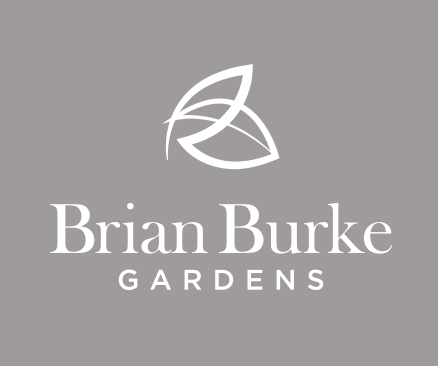I have been given a brief for a townhouse garden, 15 metres long x 8 metres wide. So what, says you. Nothing startling, special or unusual about that. And, of course, you’re right. I only mention it because it is one of those that crop up every so often that is proving especially difficult to resolve.
What, really, does a townhouse garden entail, what is it exactly? It’s not cottage, not old fashioned, not necessarily urban, not necessarily contemporary. And just to muddy the waters even further this one, being in a surprisingly rural type of setting, has full rear vehicular access.

Avoiding cliche can be difficult
So, it can be difficult to arrive at the precise balance of function, atmosphere and dynamism that is required. And the difficulty is compounded when you are compelled to wrestle with a new imperative. Ladies and gentlemen, I give you ‘sub-zero maintenance’.
The modern-day gardening practitioner is familiar with terms like low maintenance, zero maintenance but hot off the presses courtesy of one of my current clients comes the new paradigm – sub-zero maintenance. Theoretically this means that the garden actually gives something back, that it starts helping out around the house. Will that bunch of indolent Azaleas over there ever get off their lazy asses and hoover the sitting room or unload the dishwasher? Eh, no.
At the core of the motivation prompting a person to move into a townhouse, you would have to think, is a desire to avoid overly onerous maintenance headaches. Townhouses are synonymous with order, neatness, lack of clutter. So, the nub of the challenge is to create formality, low (or sub-zero) maintenance whilst simultaneously avoiding cliché, blandness and dullness. Symmetry, almost by definition, conjures notions of dullness. The question is how to avoid it here.
And after a seemingly eternal bout of grappling with the constraints, it dawned on me. Don’t wrestle with them, embrace them. Embrace the conventions of the framework but do it in a way that avoids what’s expected.
So instead of a Buxus boundary we will have a Berberis boundary, instead of a central circular stone water element we will have a raised rectangular steel water element, instead of mass planting of single grasses we will have dense pockets of multiple species punctuated with Agapanthus, Heuchera and Rudbeckia, instead of painted rendered walls we will have 2.4-metre-high continuous perimeter horizontal cedar screens with Parenthocissus, Wisteria and Star Jasmine. What I won’t avoid though is the obligatory Acer palmatum, or Japanese Maple. It would be downright rude not to have one.
In my head and on paper all of this looks wonderful. Here’s hoping.
And speaking of overcoming seemingly insurmountable technical challenges of inter stellar proportions, have you seen the wonderful, Irish made, documentary film The Farthest yet? The film tells the wonderfully low key yet awe inspiring story of the NASA space probe, Voyager.
We have all heard the word Voyager in relation to the United States’ space exploration programme, but, being honest, a lot of us would have assumed it was a shuttle, a predecessor of Discovery.
Voyager is, quite simply, one of humankind’s greatest achievements. Launched in August 1977, the tiny spaceship has defied all the odds, survived countless near misses and forty years later continues to beam information back to earth across unimaginable distances with less computing power than a modern hearing aid. Voyager is the first human made object to leave our solar system and enter the void of deep space. Right now it is 20 billion kilometres from Earth, and going strong.
It is estimated that Voyager’s nuclear generator will last another decade before the signal disappears. But on it will go, hurtling through deep space for millions of years, carrying a Golden Record bearing recordings and images of life on Earth. There is every chance that Voyager will outlive humanity and be the only evidence that we ever existed.
On that cheerful note.

Leave a Reply